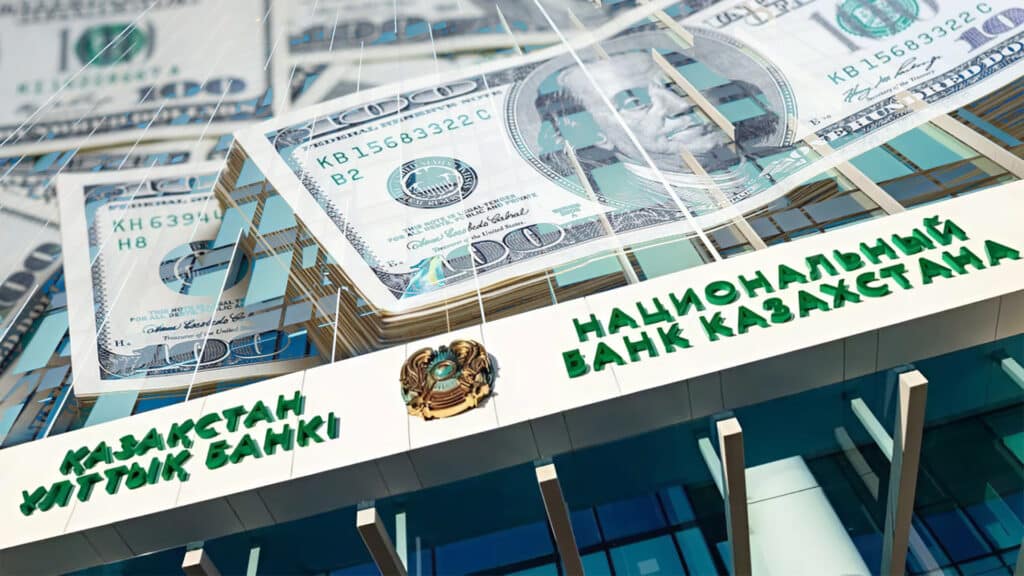Kazakhstan’s international reserves reach ten-year high along with National Fund’s assets

Net international reserves of Kazakhstan ($37.8 billion) and foreign exchange assets of the National Fund ($61.4 billion) reached a $99.3 billion threshold in June 2024, compared to $98.8 billion in May, National Bank data shows. According to Galymzhan Aytkazin, a Kazakhstani economist and owner of a Telegram channel called Tengenomika, this is a ten-year high. As the expert pointed out, Kazakhstan’s external financial cushions are in their best shape in many years.
Thus, the net international reserves of Kazakhstan, which is the difference between gross reserves and liabilities in freely convertible currency (FCC), amounted to $37.8 billion in June, a 0.01% increase over May 2024 and an 11.82% increase since the beginning of the year.
In turn, the country’s gross international reserves reached $39.9 billion, which is 0.24% and 11.04% more than in May and at the beginning of the year, respectively.
Assets in FCC amounted to $17.5 billion out of $39.9 billion, reporting a 4.26% increase month-on-month, while gold reserves reached $22.3 billion, showing a 2.7% decline for the second month in a row. (The rate has grown by 14.6% since the beginning of the year, though.)
At the same time, the National Fund reported that its assets grew by 0.76% month-on-month, reaching $61.4 billion (a 2.3% increase since the beginning of the year), a historical high since 2019.
International reserves are formed through National Bank transactions on the domestic foreign exchange market, where the regulator buys out the surplus of foreign currency from exporters and foreign investors if there is no demand for this currency from importers and investors. When foreign currency is acquired, it is kept in foreign bank accounts or used for acquiring liquid assets and gold. In turn, the regulator uses these reserves to support the exchange rate of the national currency, the tenge, or to finance the payment balance deficit.
The National Fund of Kazakhstan absorbs tax payments from oil and gas companies (export duty is excluded as it goes directly to the state budget). Every month, the state budget receives a guaranteed transfer from the fund. The size of these transfers is regulated by a budget rule adopted in 2023. Oil and gas revenue that matches the oil price at $48.90 per barrel ($42.20 in 2024 and $40.30 in 2025) goes to the budget, covering public expenditures. The country’s government also uses so-called target transfers from the fund. Their size usually varies in every given case.

